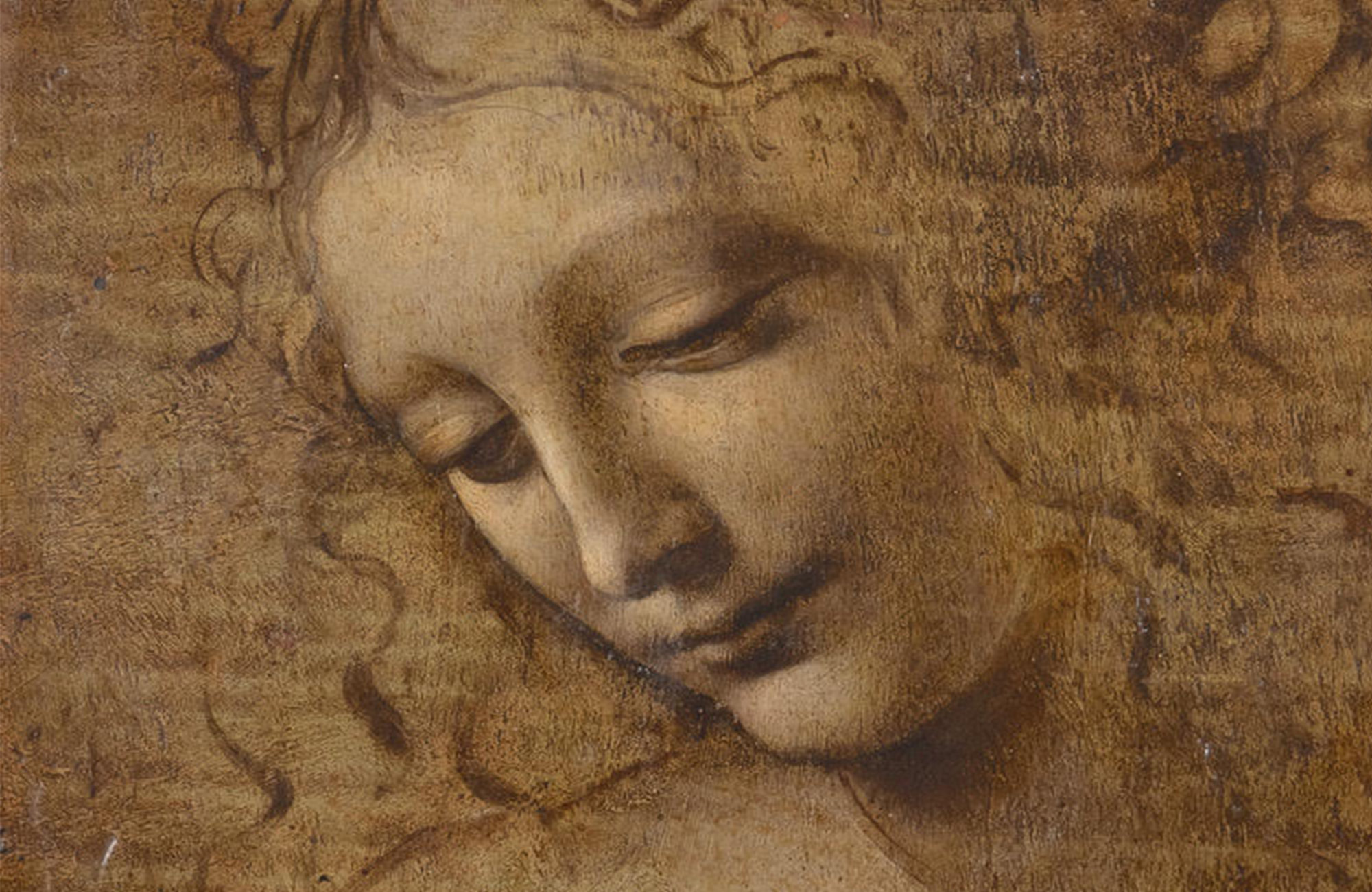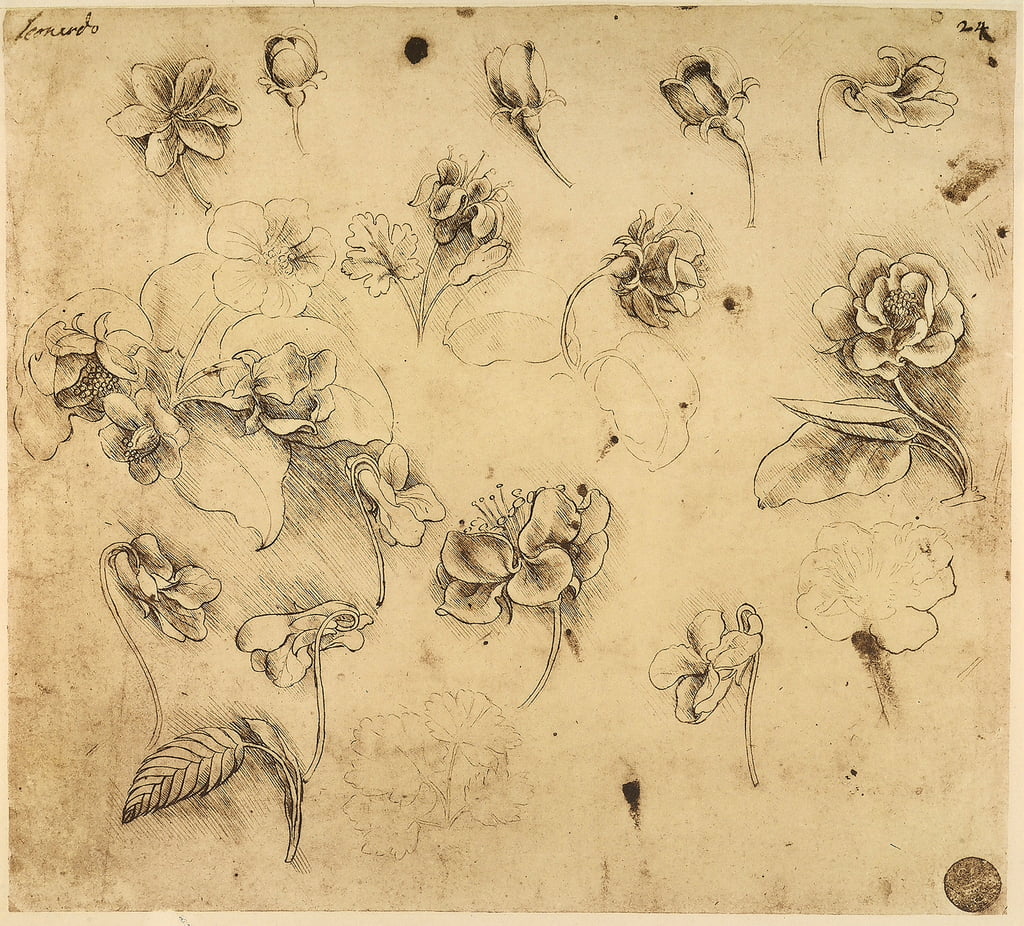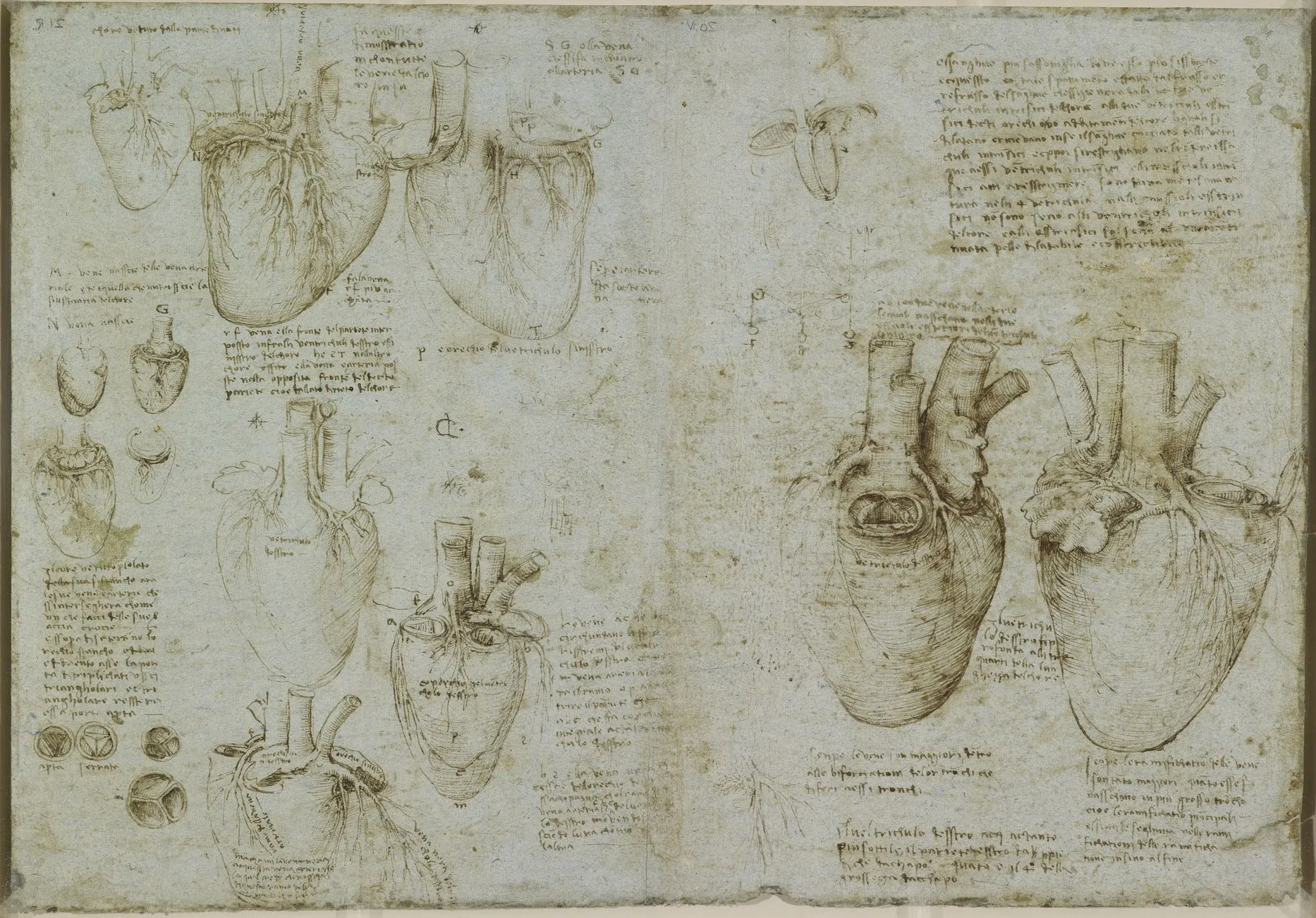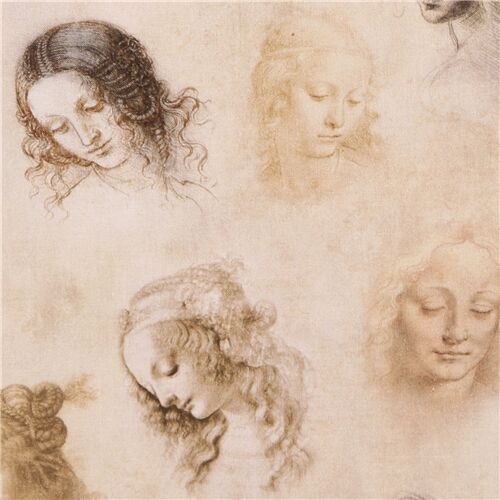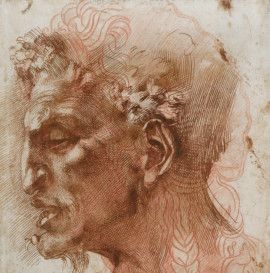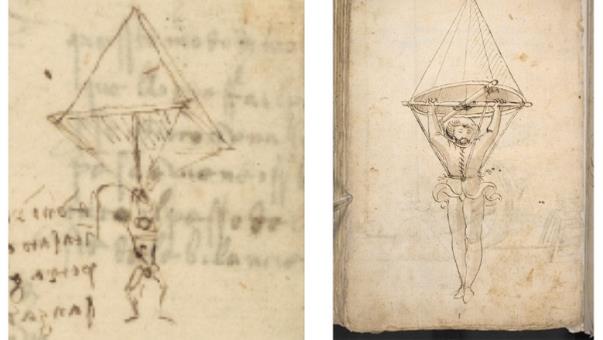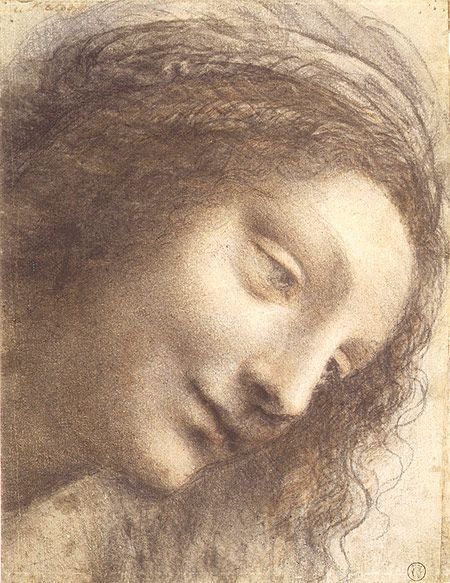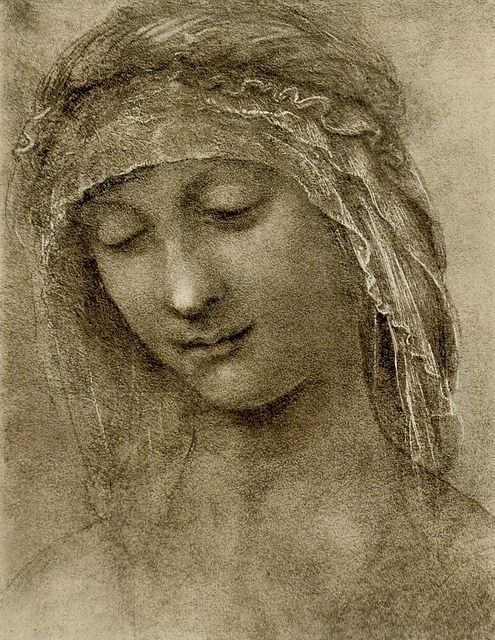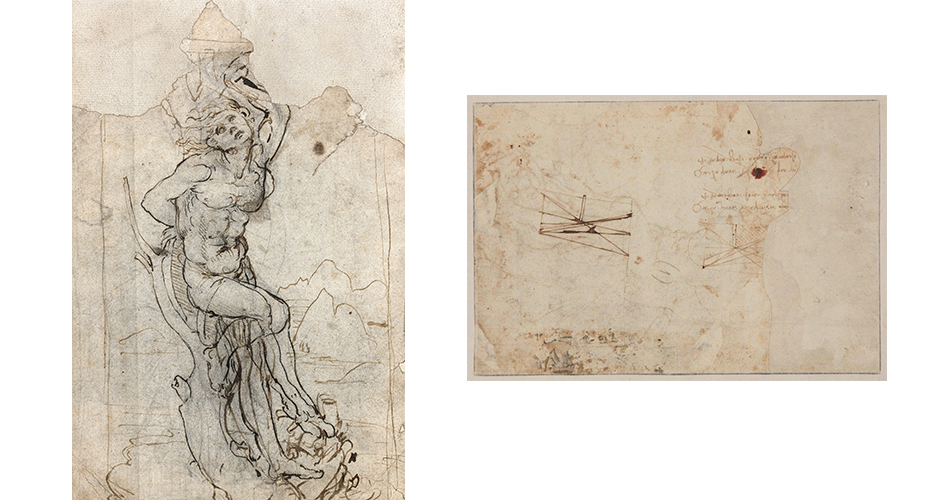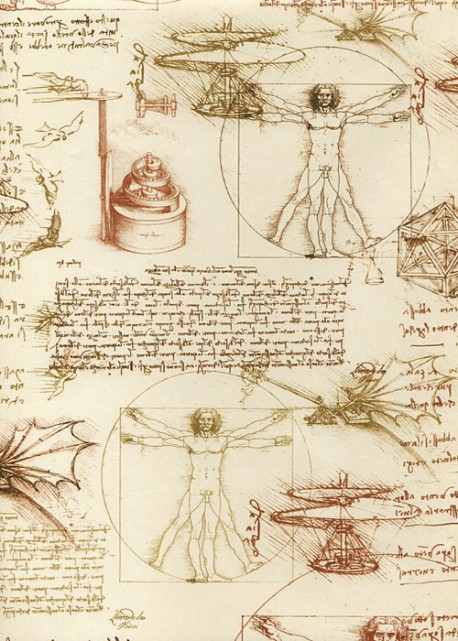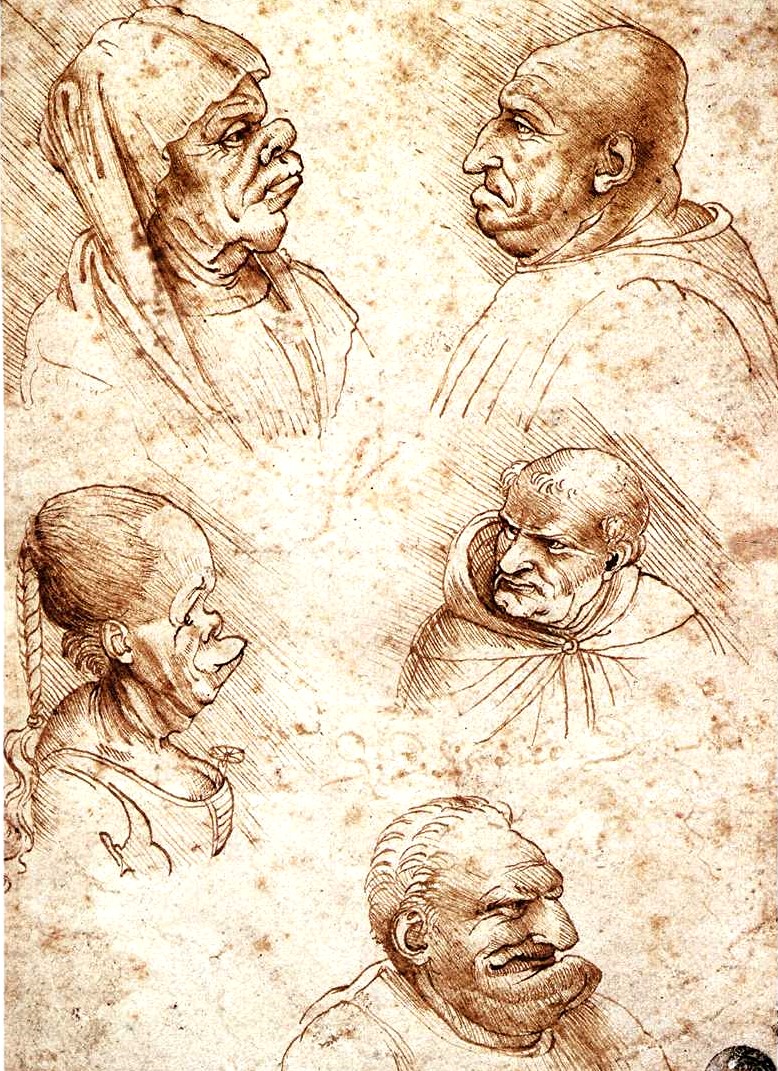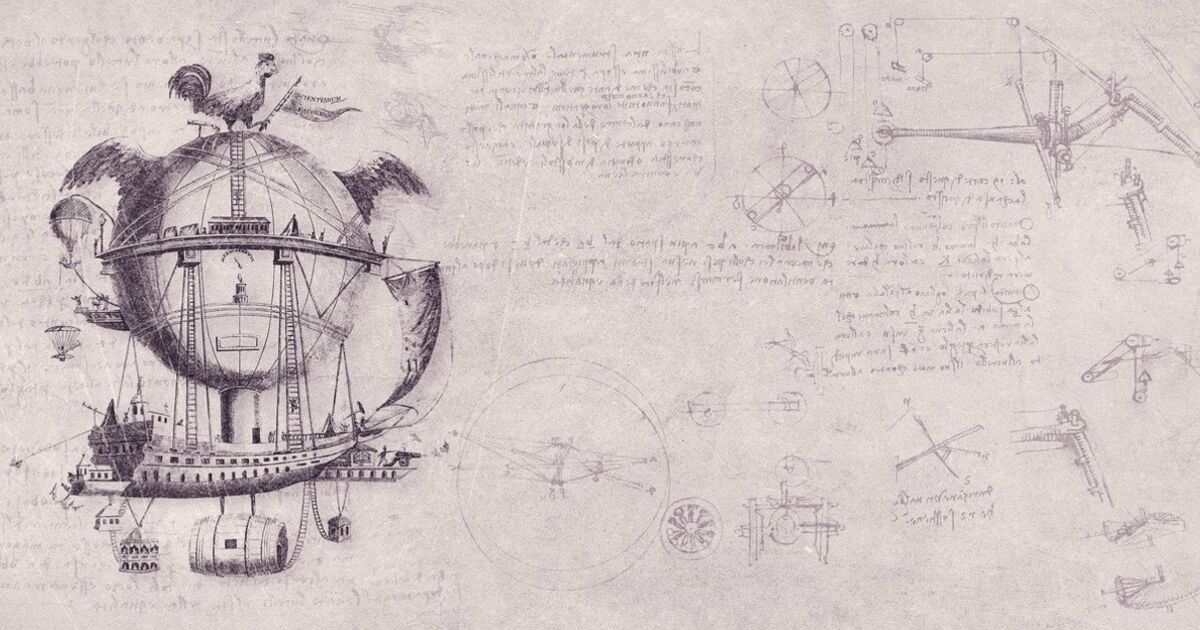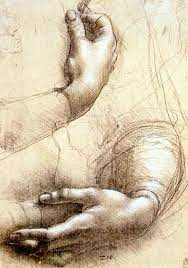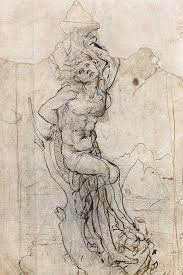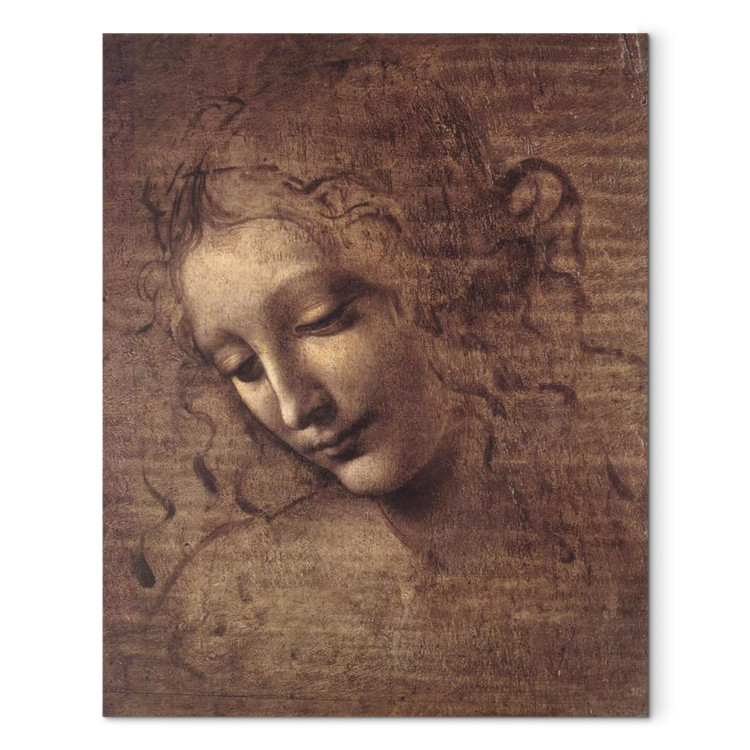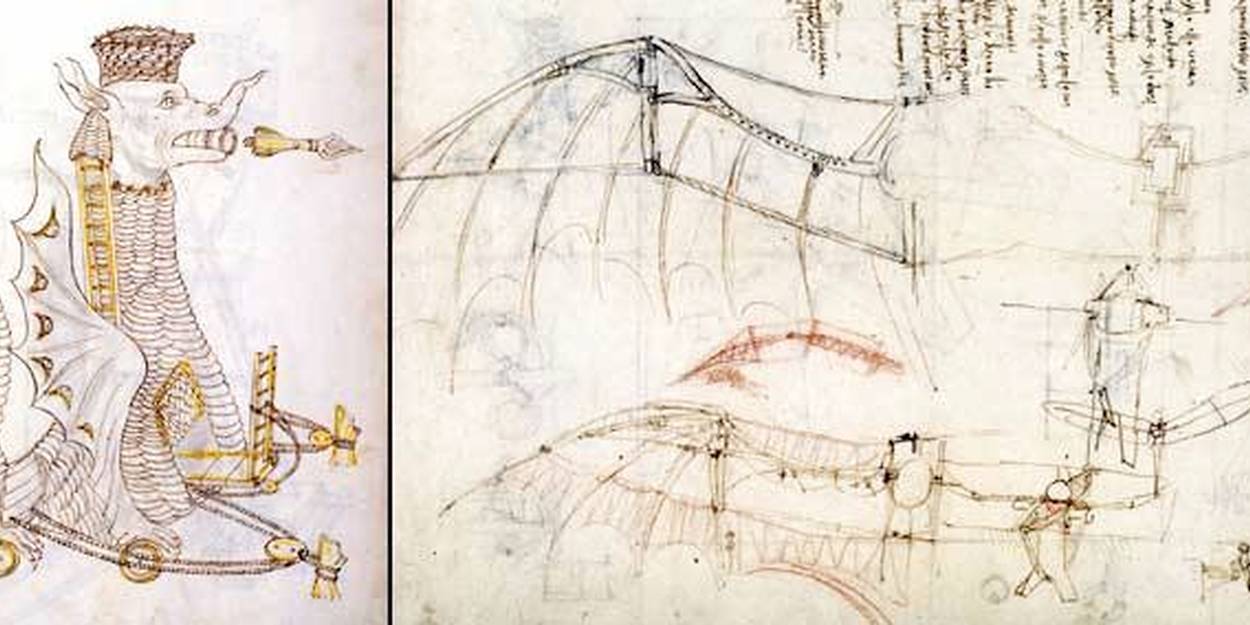Léonard de Vinci (italien : Leonardo di ser Piero da VinciÉcouter, dit Leonardo da Vinci), né le du calendrier actuel à Vinci (Toscane) et mort le à Amboise (Touraine), est un peintre polymathe, simultanément artiste, organisateur de spectacles et de fêtes, scientifique, ingénieur, inventeur, anatomiste, sculpteur, peintre, architecte, urbaniste, botaniste, musicien, philosophe et écrivain.
Enfant naturel d’une paysanne, Caterina di Meo Lippi, et d’un notaire, Pierre de Vinci, il est élevé auprès de ses grands-parents paternels dans la maison familiale de Vinci jusqu’à l’âge de dix ans. À Florence, son père l’inscrit pour deux ans d’apprentissage dans une scuola d’abaco et ensuite à l’atelier d’Andrea del Verrocchio où il côtoie Botticelli, Le Pérugin et Domenico Ghirlandaio.

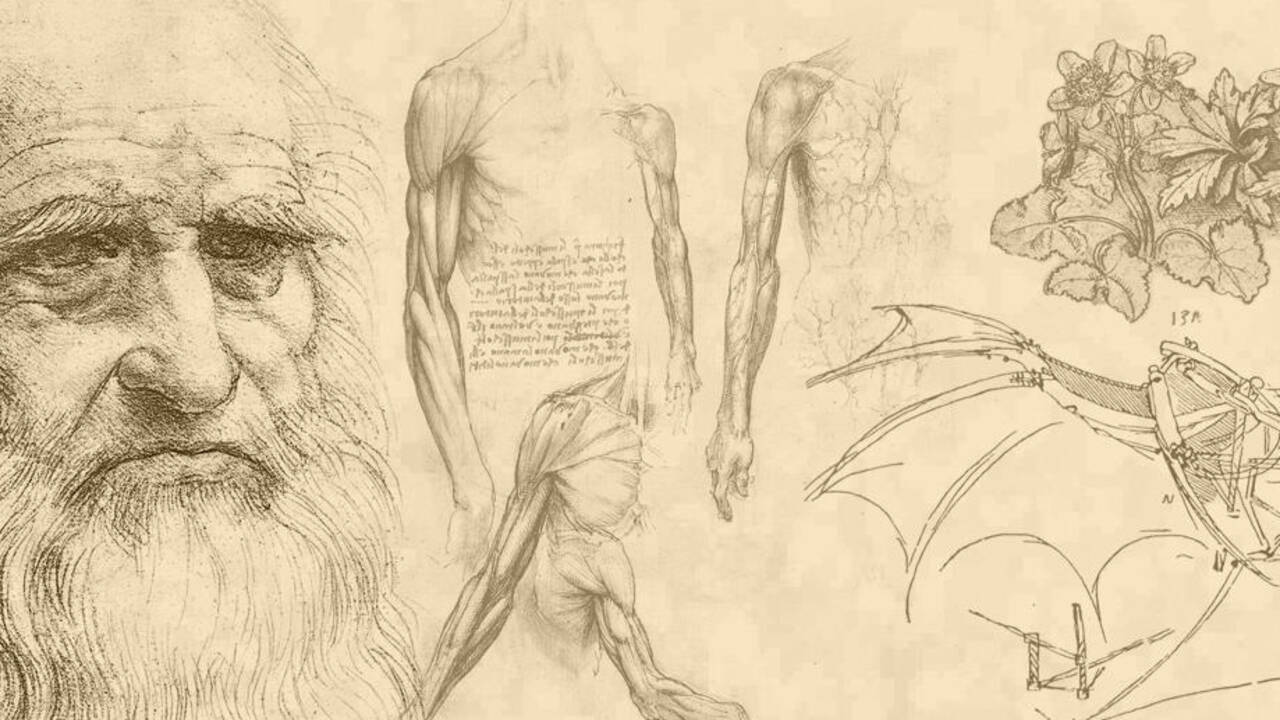
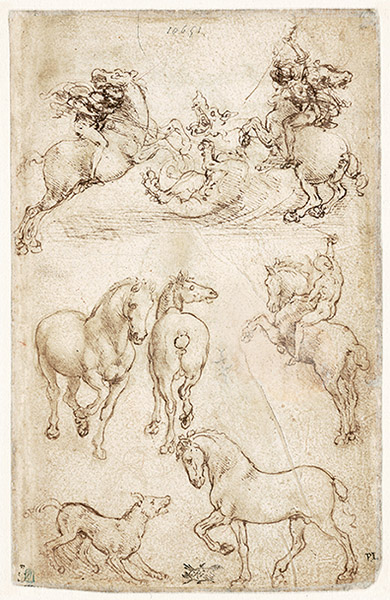
Vinci LÈonard de (1452-1519). Paris, musÈe du Louvre, collection Rothschild. 781DR.
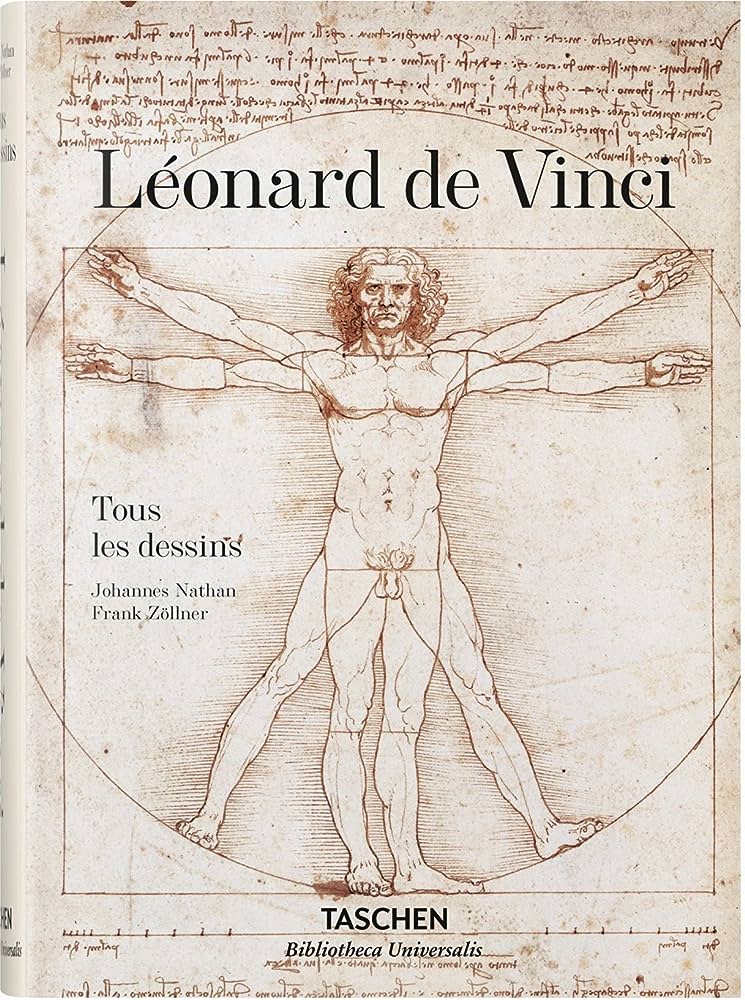

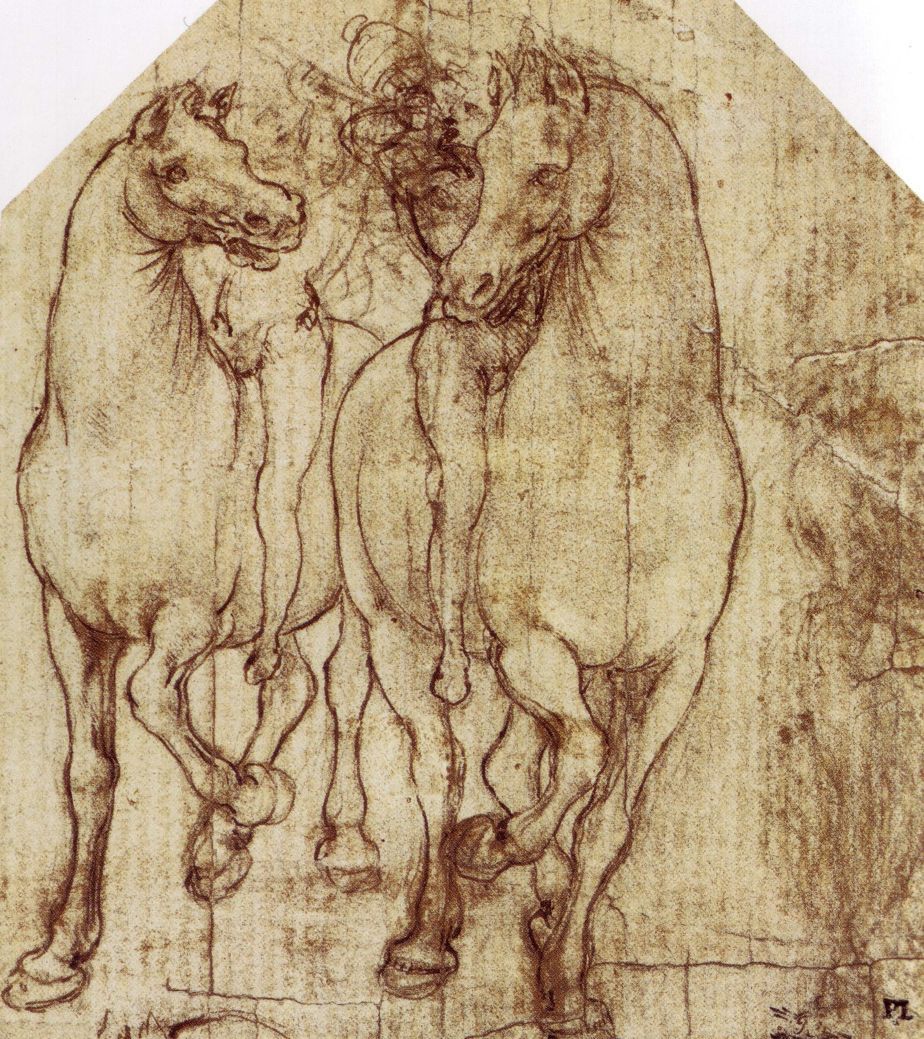
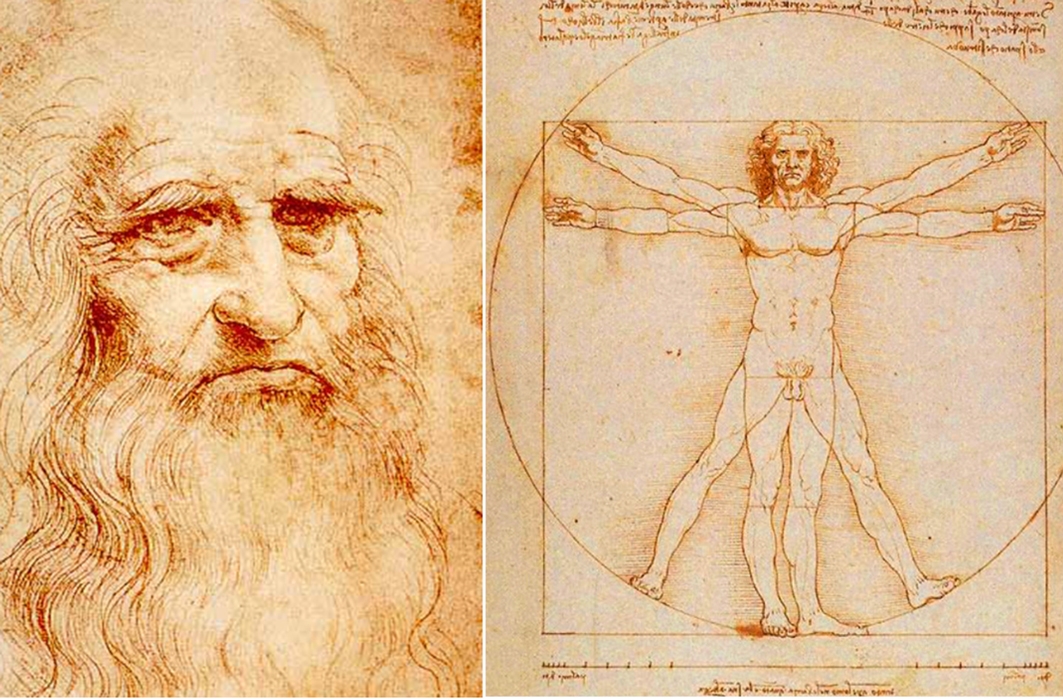
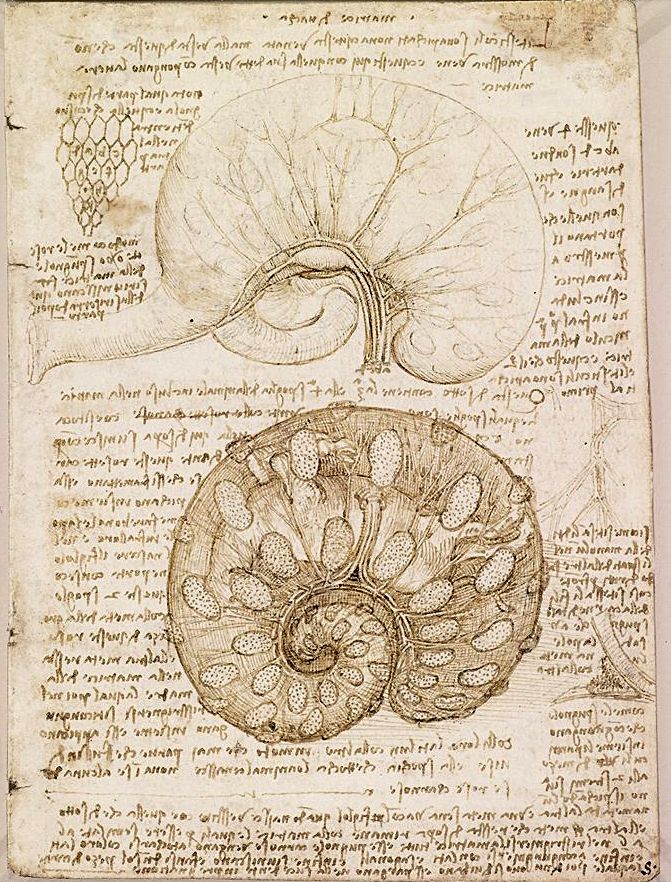
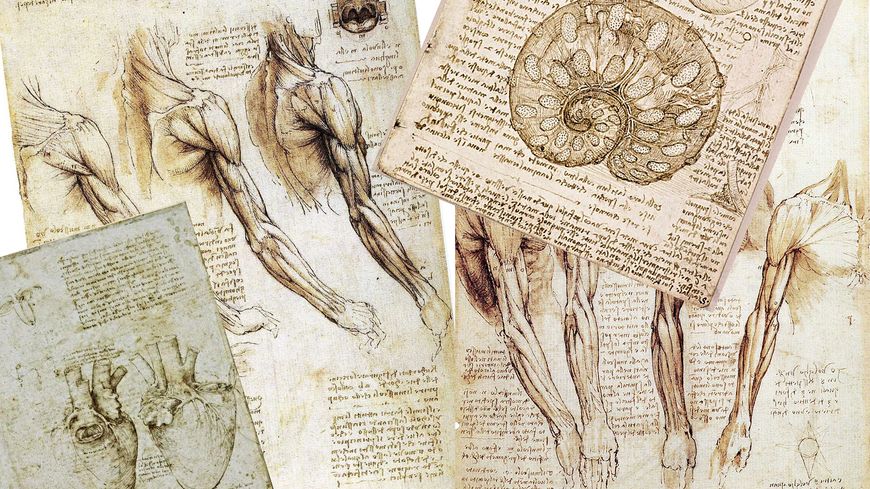
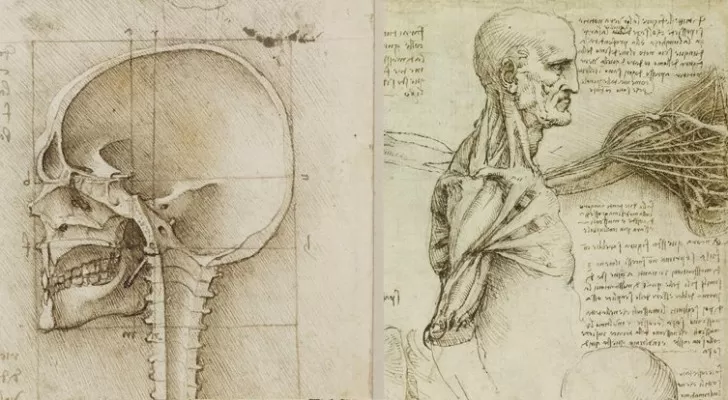
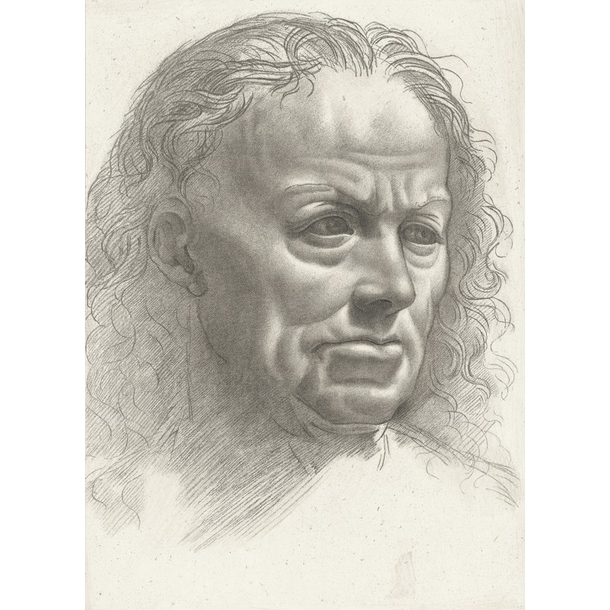

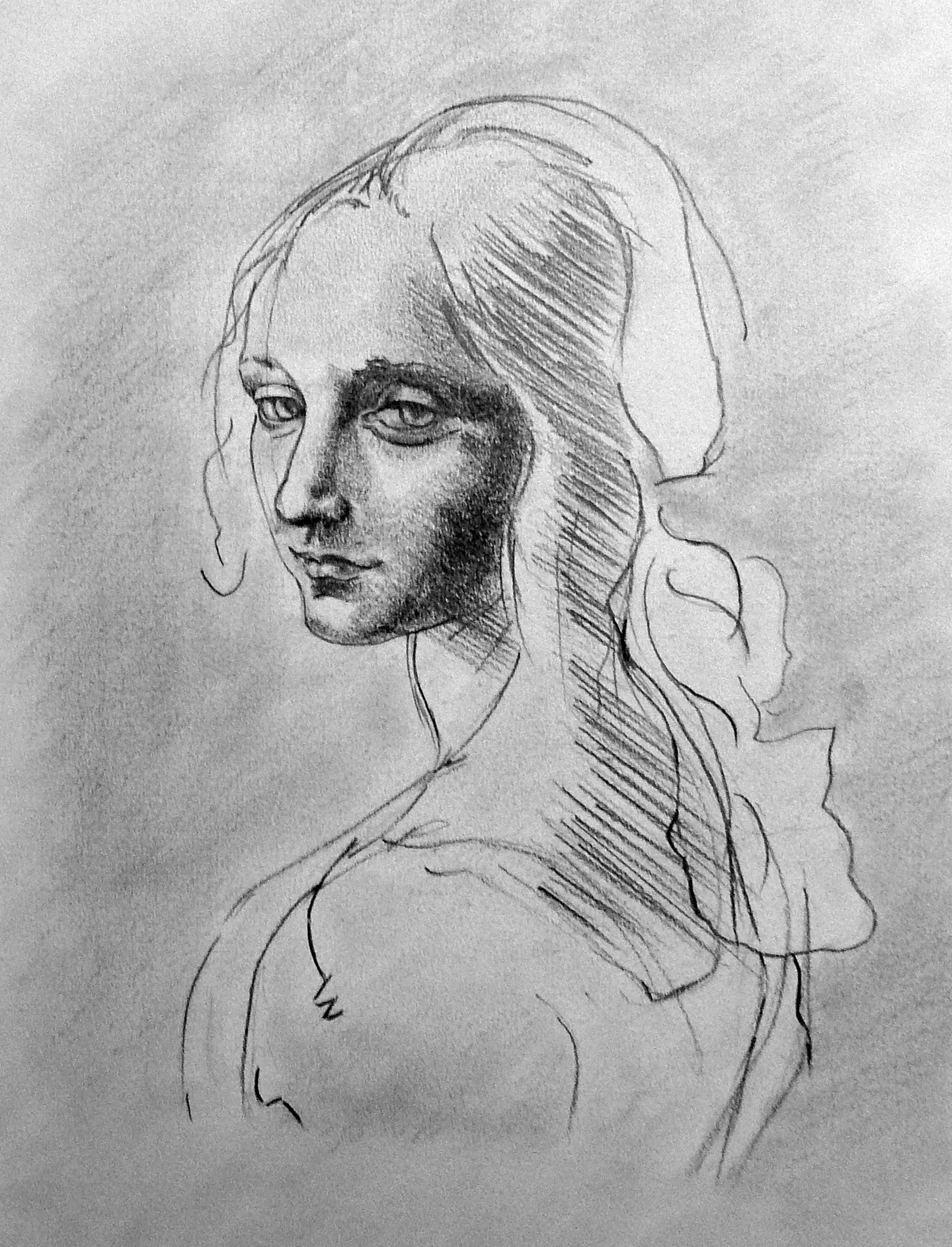
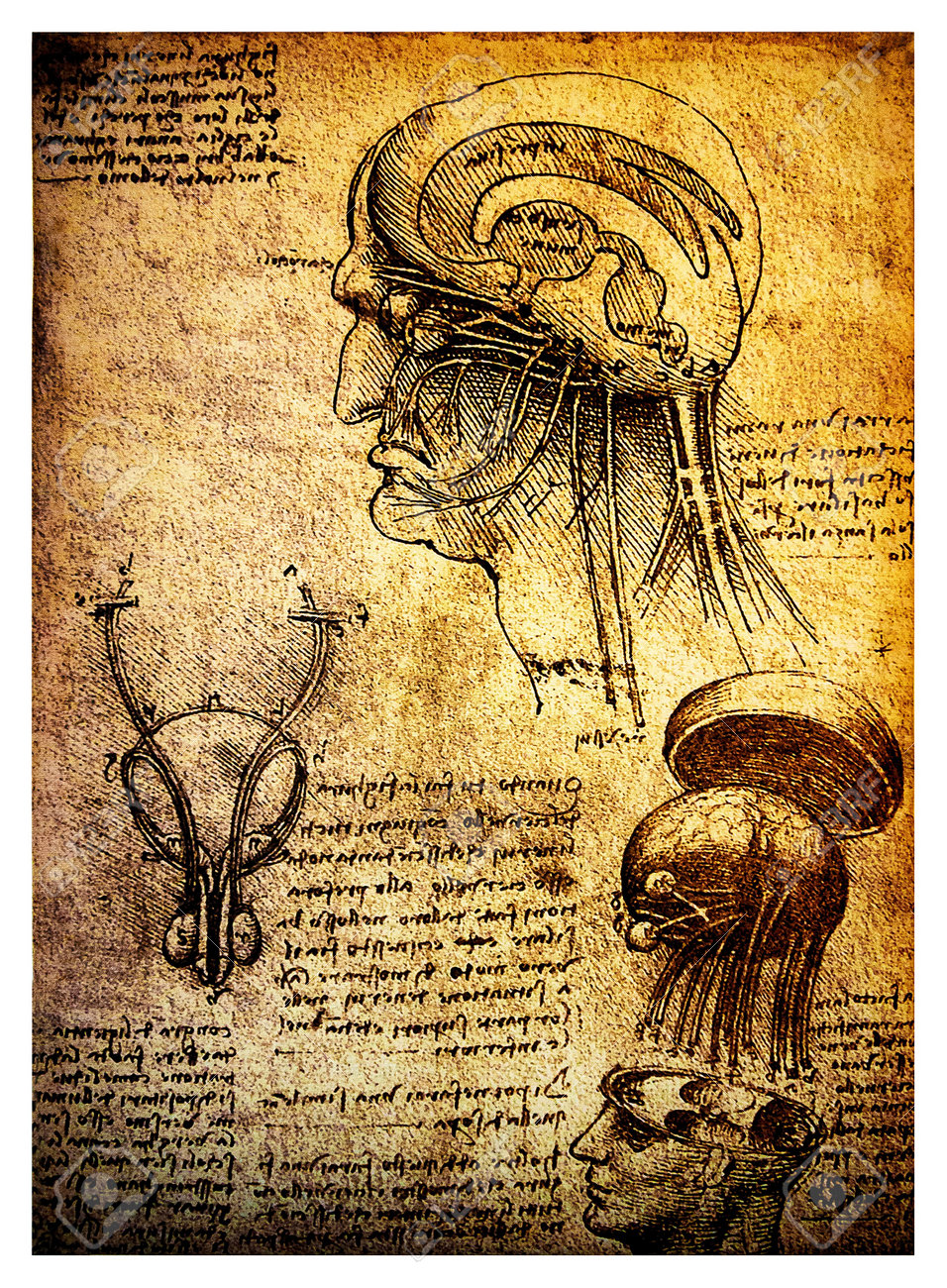
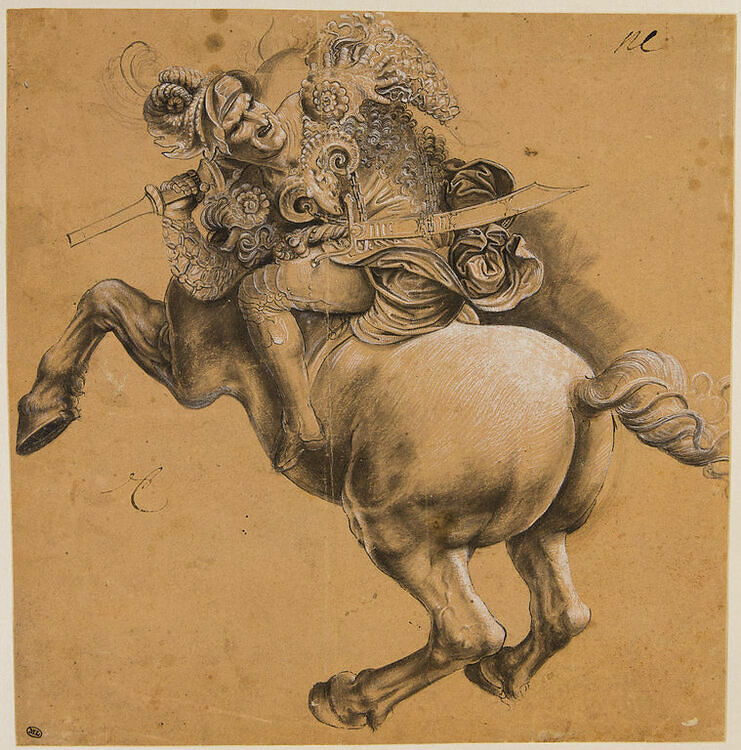
Léonard de Vinci (Leonardo di ser Piero da Vinci, dit Leonardo da Vinci), Musée du Louvre, Département des Arts graphiques, INV 2559, Recto – https://collections.louvre.fr/ark:/53355/cl020003379 – https://collections.louvre.fr/CGU
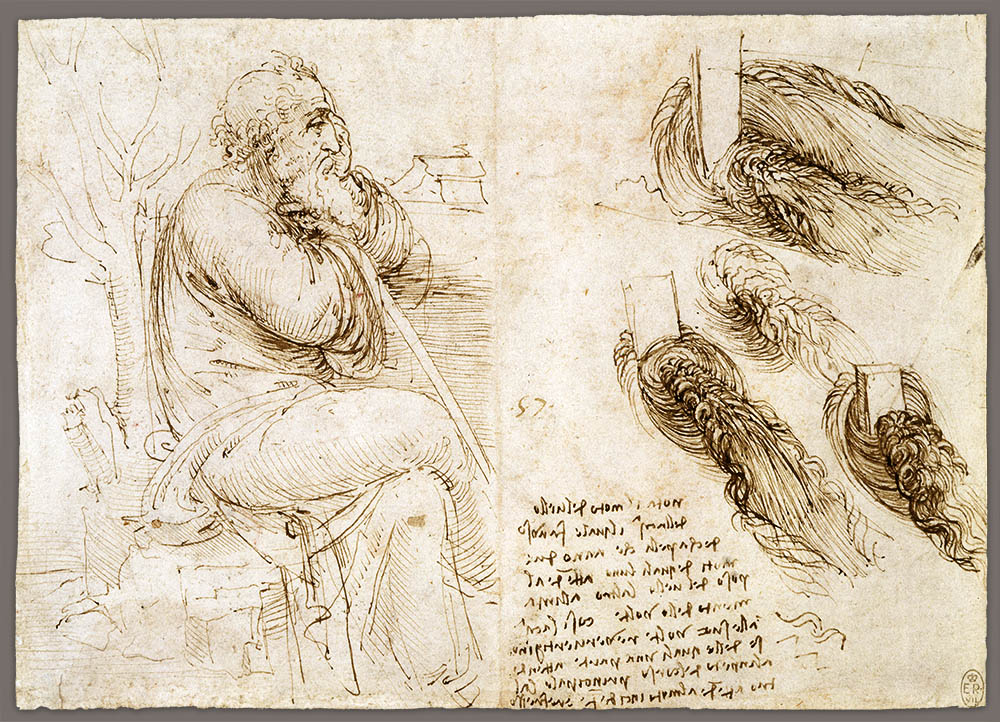
ROC409852 A seated old man, and studies and notes on the movement of water, c.1510 (pen & ink on paper) by Vinci, Leonardo da (1452-1519); 15.4×21.7 cm; The Royal Collection © 2011 Her Majesty Queen Elizabeth II; (add.info.: in the text Leonardo compares the movement of water to plaited hair; probably acquired by Charles II; in Royal Collection by 1690;); REPRODUCTION PERMISSION REQUIRED; Italian, out of copyright
PLEASE NOTE: The Bridgeman Art Library works with the owner of this image to clear permission. If you wish to reproduce this image, please inform us so we can clear permission for you.
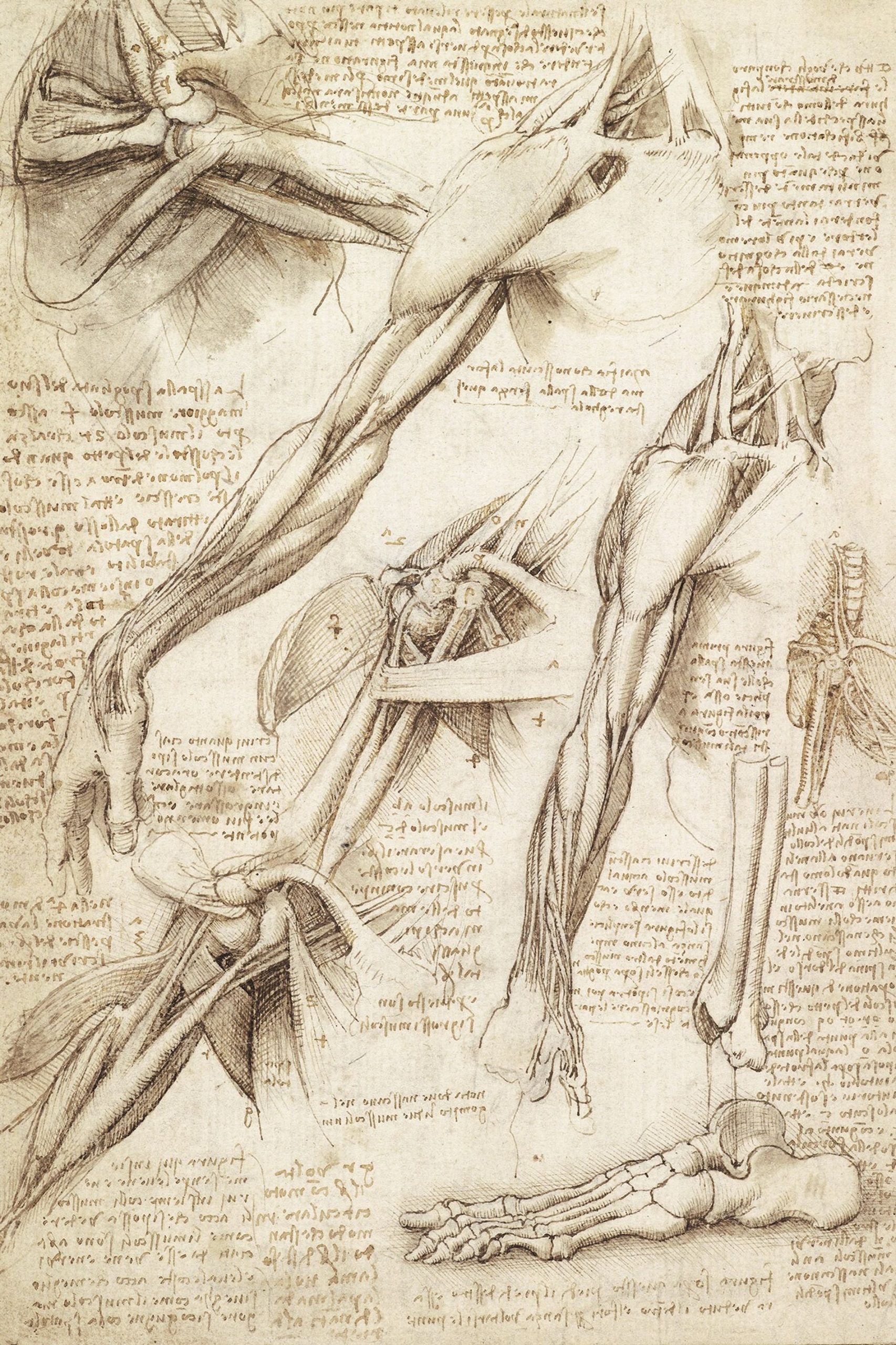
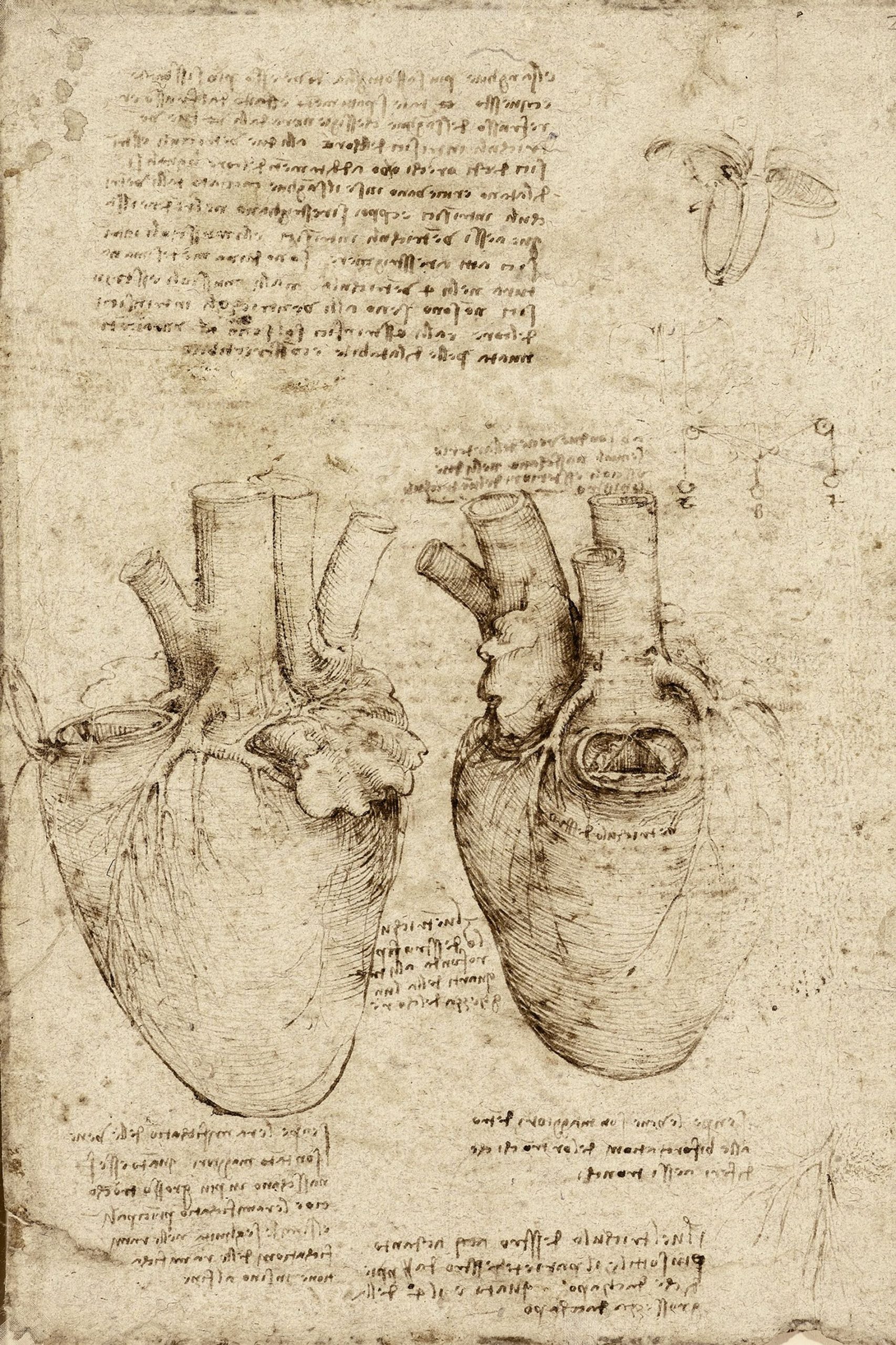
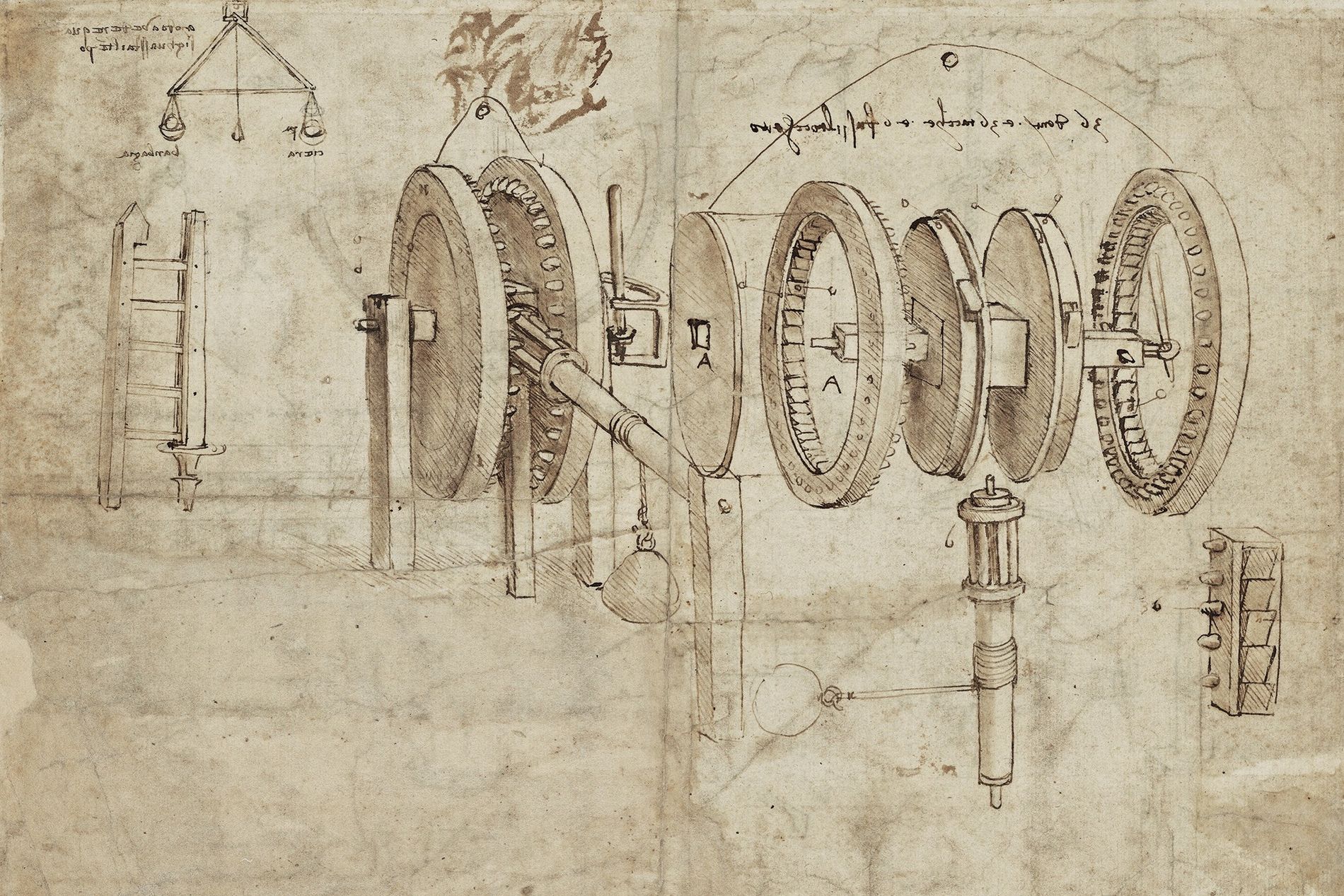
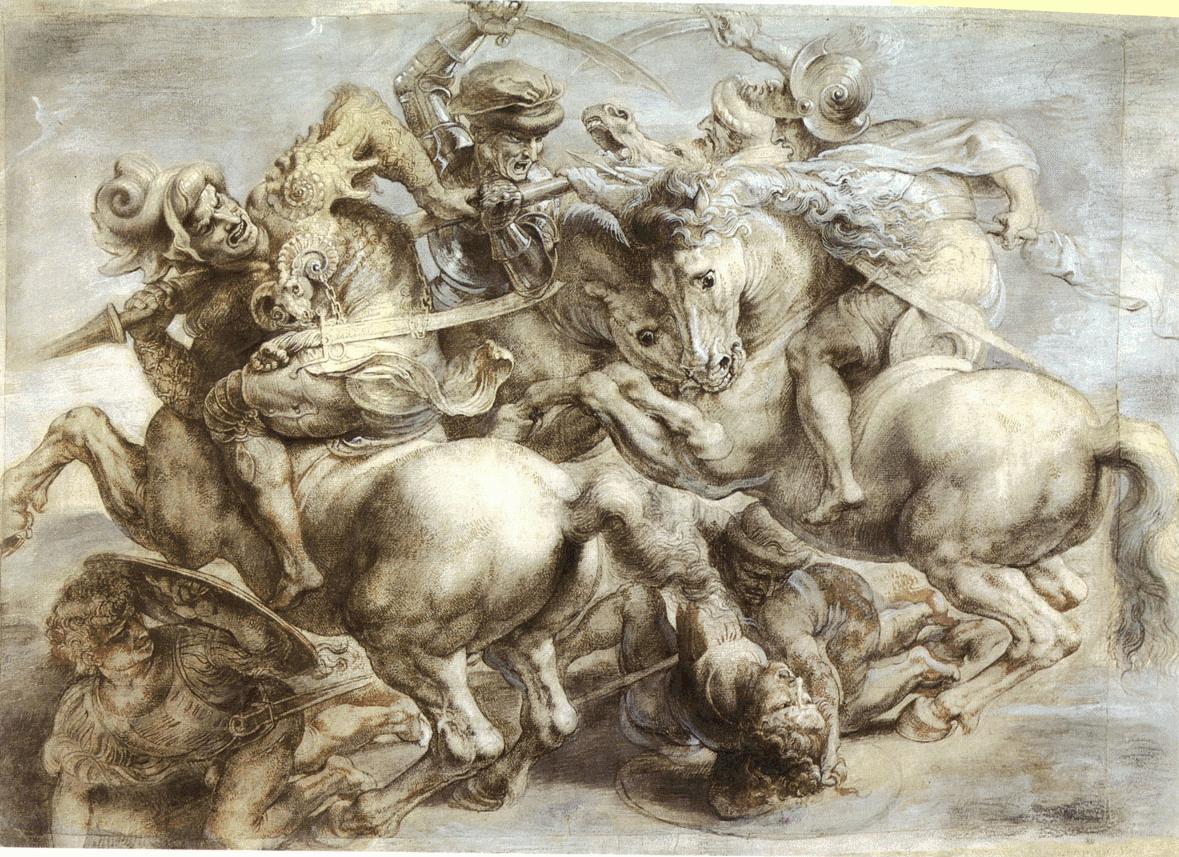
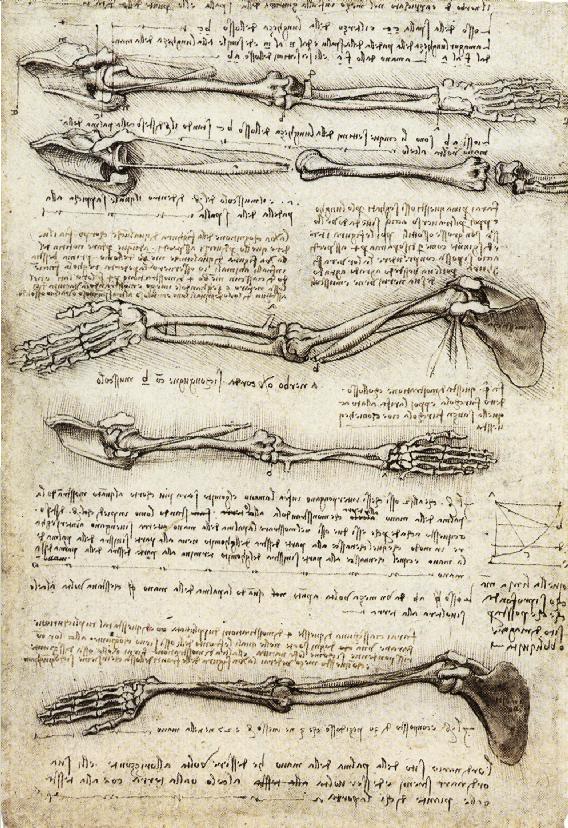
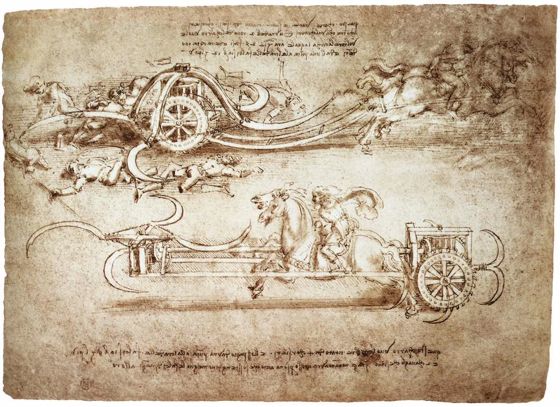
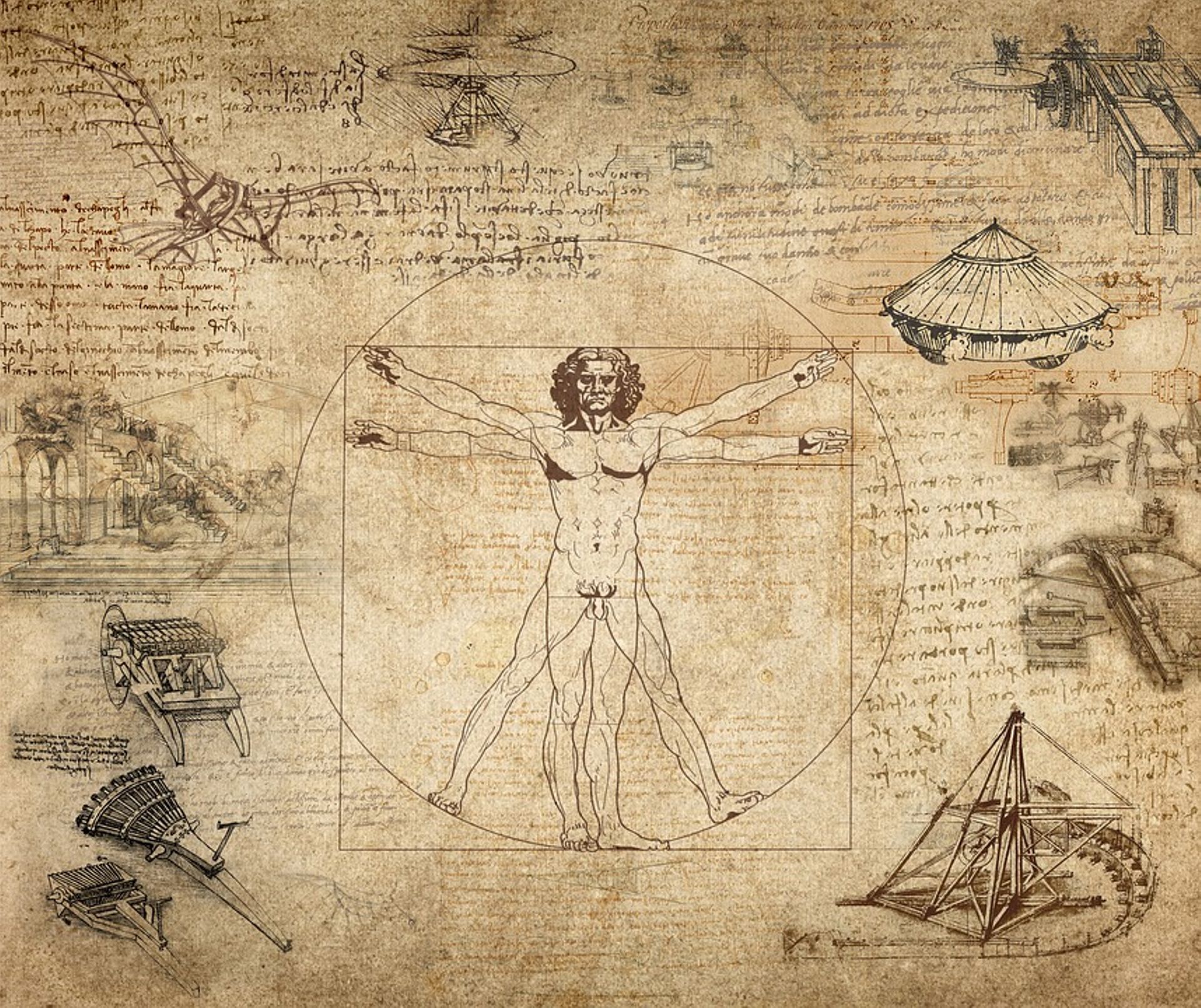
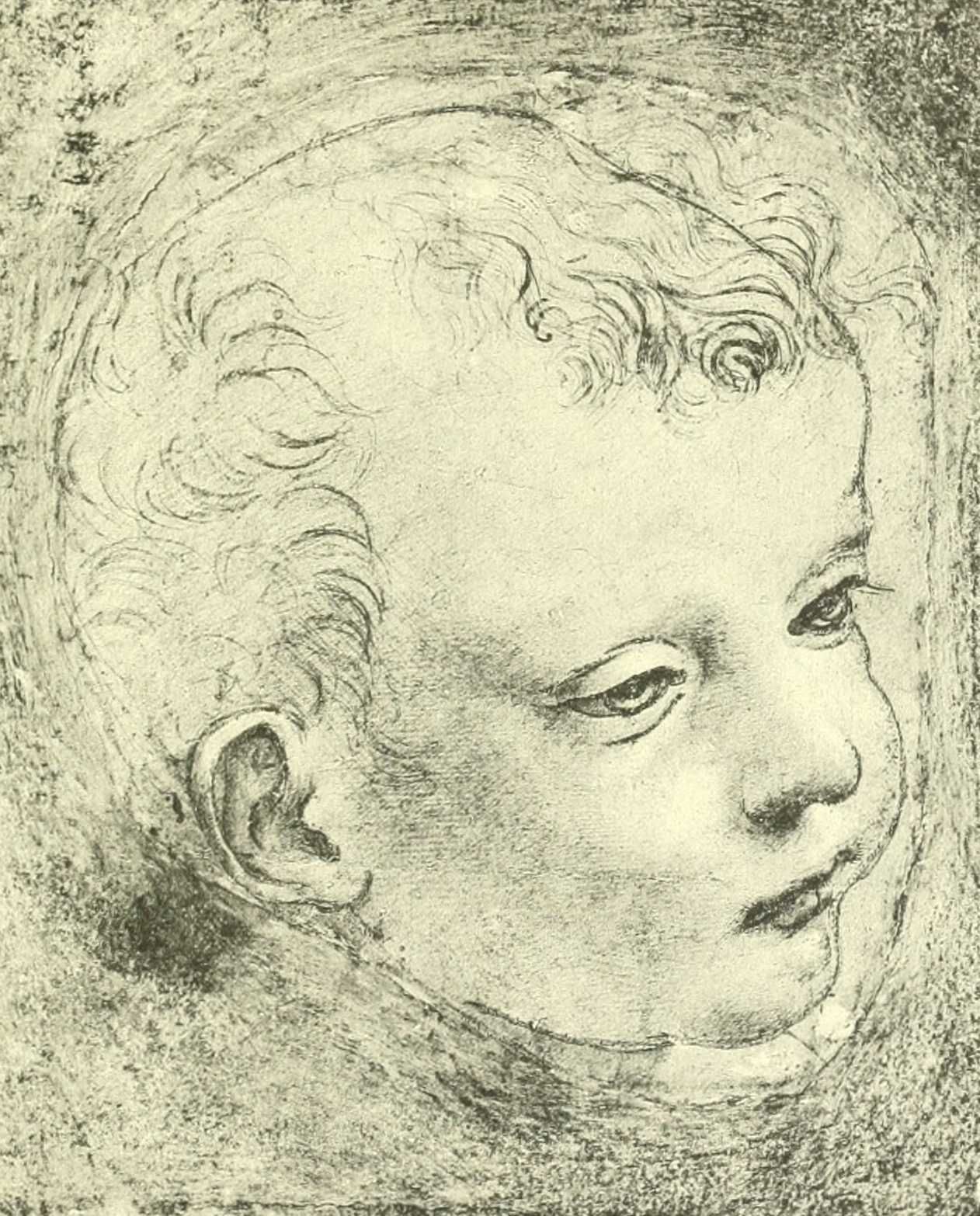
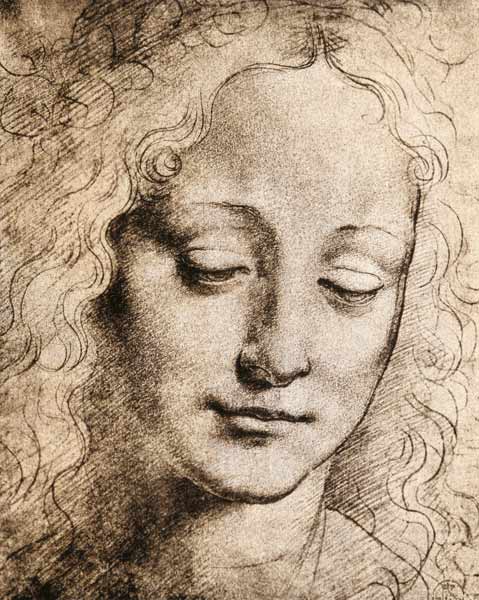

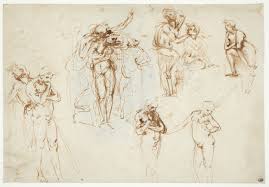
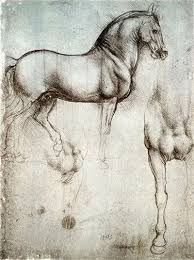
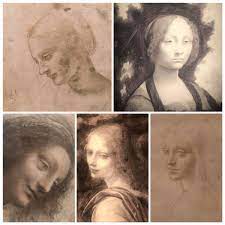
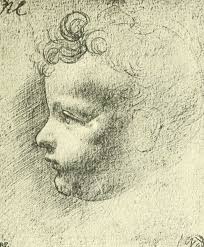

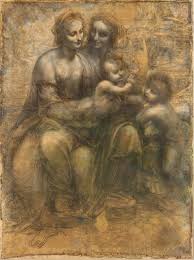
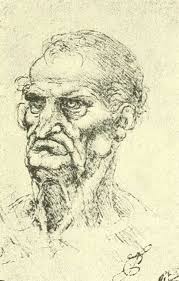
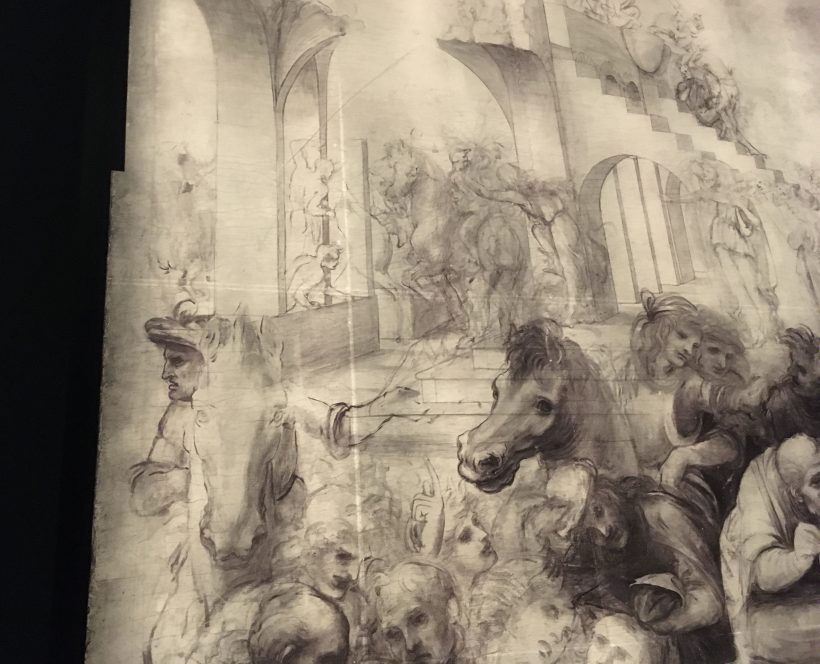
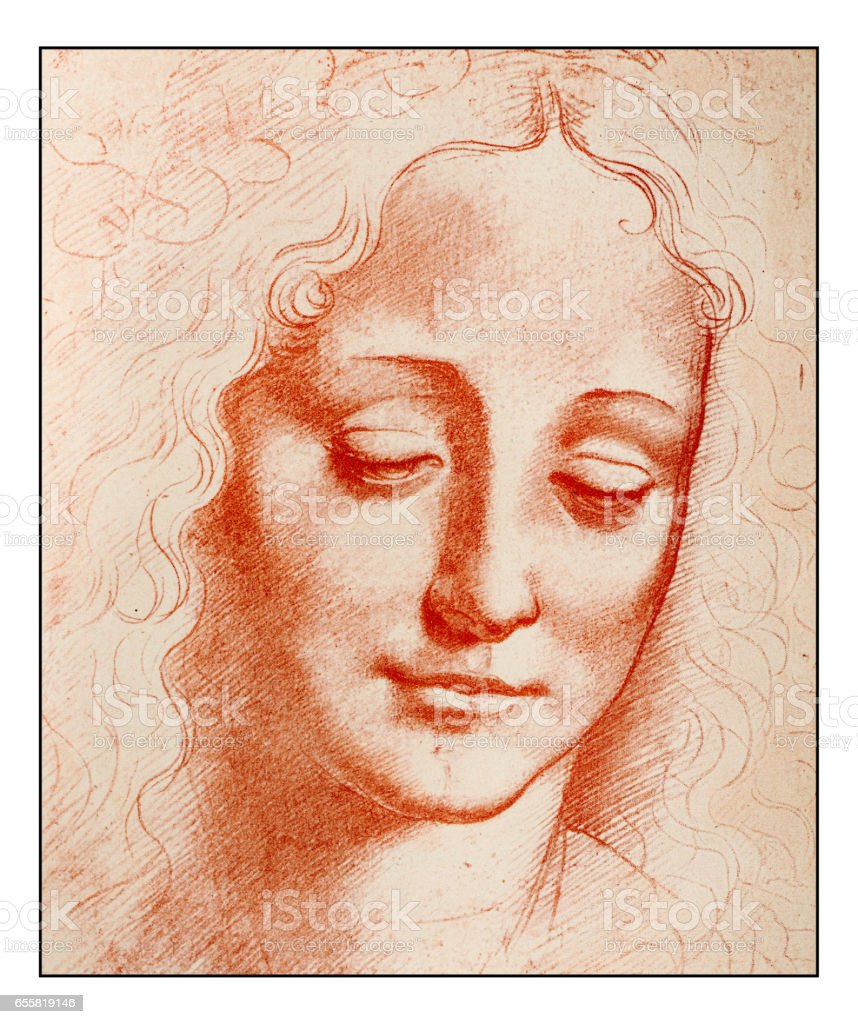
Leonardo’s sketches and drawings: Young woman
